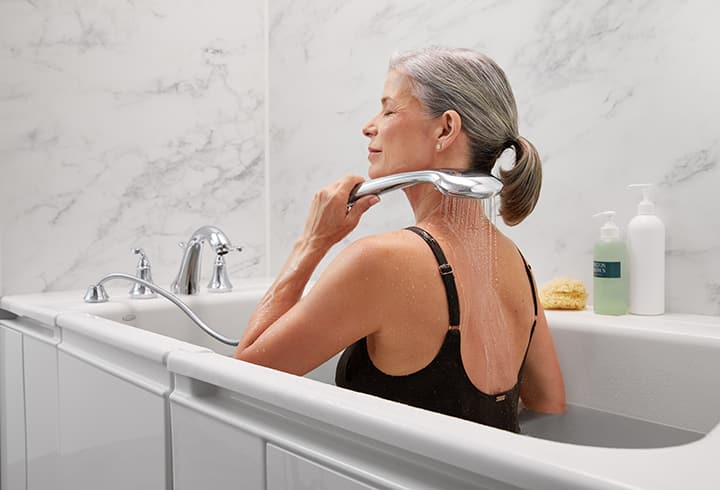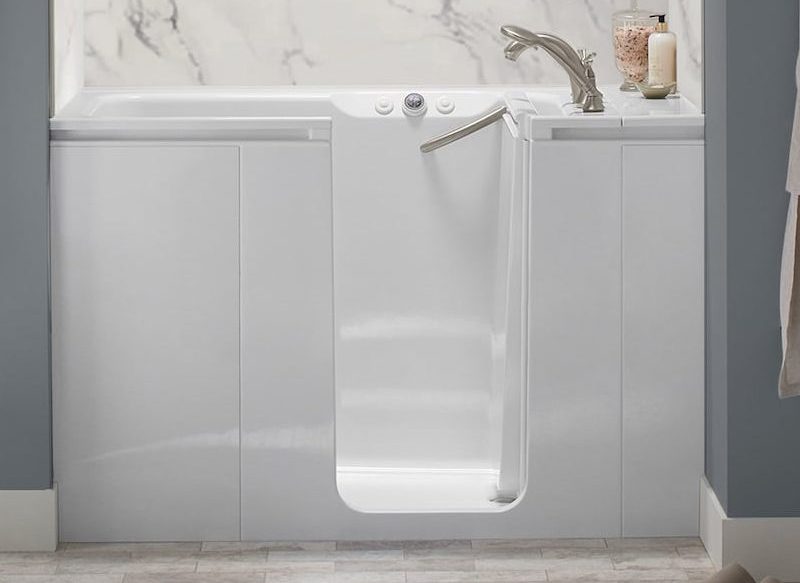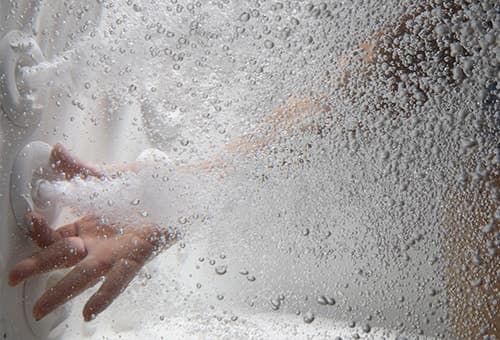- Lifestyle
- Product
- Lifestyle
- Product
How to Repair Common Problems in Your Bathroom
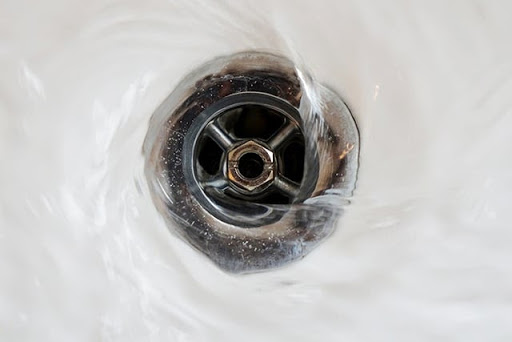
Are you finding normal wear and tear in your bathroom? At KOHLER, we’re here to help you learn how to repair common problems so that you can restore your bathroom to a comfortable space. Let’s talk about four common problems and ways to repair them:
Leaky Showerheads
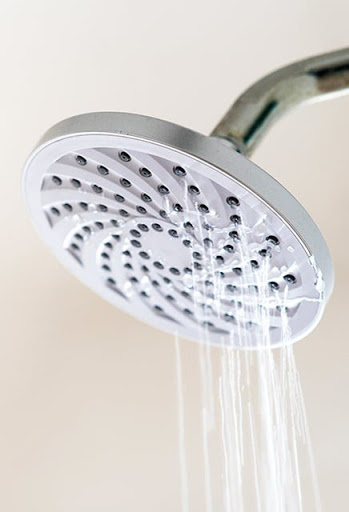
Leaky showerheads cause many problems, including attracting mold and increasing your water bill. The good news is that you can easily DIY to install a new showerhead. According to Home Depot, you can complete this process in about two hours. Follow these four steps:
- First, you must shut off the water supply for your showerhead. This might include shutting off your water supply for your entire home. Then, remove the following items in this order:
- Handle Cap
- Handle
- Faceplate
- Metal Sleeve
- Locking Clip
- Cartridge
- Next, you need to replace the cartridge you just removed.
- Afterward, replace the other parts you removed, such as the faceplate and locking clip. You want to test your showerhead after this step.
- Remove the metal stem in the showerhead. If you notice any damage in the metal stem, then you need to replace it. Note that if this does not solve your leaky showerhead, then you should call a plumber.
Clogged Drain
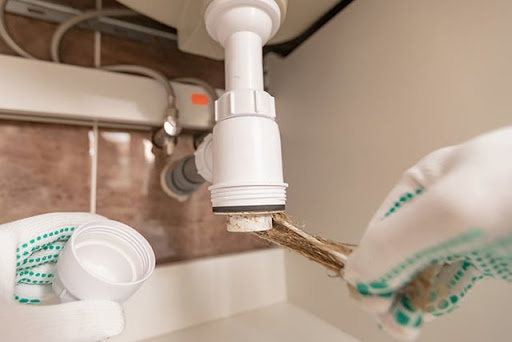
Notice any standing water at the bottom of your shower? You most likely have a clog in your drain. Depending on the severity, this is an expensive repair if you have to call a plumber. Luckily, there are a few DIY fixes you can try.
Normally, there are a few contributors to a clogged drain. Thus, you’ll need to try a few of these strategies to fix the problem. Note: Please wear rubber gloves when trying any of these methods.
Drain Treatment
Use a drain treatment with a formula that is safe for use on bath drains, sink drains, toilets and urinals.
For a blocked drain, remove as much standing water as possible. Pour the entire contents of the package in the drain. Allow the treatment to work overnight if possible, then flush with hot water.
For a slow drain, add 4 ounces of product for each inch of diameter of drain pipe. Add the treatment at the lowest water-use period for best results. Continue daily until your system flows freely. Then add every other week as a preventative maintenance measure.
Boiling Water
If you have metal pipes, then you can pour small amounts of boiling water to try to remove the clog. Once the water is in the drain, run your shower to see if that fixed the problem.
Vinegar and Baking Soda

A homemade recipe might be your best bet. The Spruce recommends pouring half a cup of baking soda and half a cup of vinegar into the drain. You will notice fizzing; that’s expected. Leave the solution in for at least one hour. After the hour passes, pour hot water into the drain to clean out any remaining solution.
Plunger
If all else fails, try a plunger. Remove the cover from the drain and place the rubber cup over the drain. Next, run water in your shower until the water covers the top of the rubber cup. Afterward, use the plunger to try and remove the clog.
Running Toilets
Running toilets can cause water damage, so take them seriously. There are normally two common causes: a dysfunctional toilet flapper or broken fill valve. Roger Wakefield, a plumber for thirty years, outlines the DIY process for fixing a running toilet.
- Turn off the water supply.
- Remove the lid from the toilet.
- Check the flapper. If it’s broken, then you need to replace it.
- If the flapper works, check the fill valve. Replace it if you notice any damage or wear.
Note that if neither of those fixes the problem, then you might need a new toilet.
Broken Bathroom Light
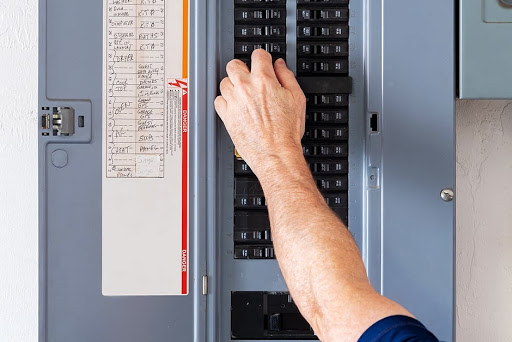
A brand new lightbulb doesn’t always solve the problem. Thankfully, there are a few DIY fixes that will help lighten up your mood:
- Start by resetting the circuit breaker to see if that fixes any circuit overload.
- Next, check the socket with a continuity tester.
- Afterward, look for any loose wires connected to the light.
- Finally, test the light switch to see if it functions correctly.
Hopefully one of these options gets you out of the dark.
Conclusion
We hope you found a few options that will help you. If you’re looking to replace any items in your bathroom, then look no further than KOHLER. Shop at KOHLER today and complete the bathroom remodeling project of your dreams.
Schedule a free consultation.
Get Started